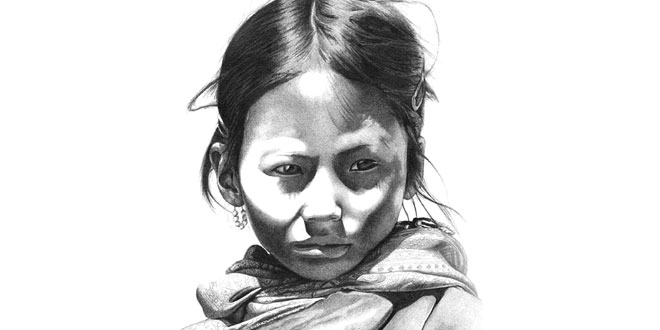Question: Name the pastoralists in India and mention where they lived?
Answer: There were seven major pastoralist communities in India. They were:
- The Bakarwals of Jammu and Kashmir
- The Gaddi shepherds of Himachal Pradesh
- The Gujjar cattle herders of Garhwal and Kumaon
- Dhangars of Maharashtra
- The Gollas, Kurumas and Kurubas of Karnataka and Andhra Pradesh
- The Banjaras of Uttar Pradesh, Punjab, Rajasthan, Madhya Pradesh & Maharashtra
- The Raika of the Rajasthan desserts
Question: Trace the movement of the Bakarwals of Jammu and Kashmir.
Answer: The Bakarwals of Jammu and Kashmir reared goats and sheep. They lived with their herds on the low hills of the Siwalik range.
In winter, when the mountains were covered with snow they moved on to the valleys of Kashmir. Several families moved together in a Kafila. The crossed the Pir Panjal passes of the mountains and entered the valley.
In summer when the snow melts, the Bakarwals return to the mountains which are now covered with lush green grasslands.
Question: Name the two groups in the Raikas of the Rajasthan deserts.
Answer: The Raikas of the Rajasthan desserts can be classified into two groups according to the animals they reared. The Marus Raikas reared camels while the Raikas reared sheep and goats.
Question: What were the activities that the Raikas were involved in?
Answer: The Raikas combined a range of different activities – cultivation, trade and herding – to make their living .
During the monsoons, the Raikas of Barmer, Jaisalmer, Jodhpur and Bikaner stayed in their villages and cultivated crops. They traded with the local farmers to get their requirement. They also had to maintain good relations with the local farmers so that the farmers would let their cattle graze in harvested fields.
The Raikas had to be good in predicting the weather so that they would be able to move about safely. They had to be experts in sporting natural resources water and pasture.
Question: Write a note on the Dhangars of Maharashtra.
Answer: Dhangars were an important pastoral community in Maharashtra. In the early twentieth century their population was estimated to be 467,000. The Dhangras were mainly shepherds. Some of them were blanket weavers, while a few reared buffaloes.
The Dhangars stayed in the central plateau of Maharashtra during the monsoons. The central plateau had very low rain fall and was very dry. It was covered with only thorny shrubs. As the soil was poor only dry crops like bajra could be grown there.
During monsoon the picture was entirely different. The area became a vast grazing ground for the Dhangar flocks. The Dhangars harvested their bajra by October every year and then moved westward.
The Dhangars reached Konkan in the month of March, annually. Konkan was a flourishing agricultural land with high rainfall and rich soil. The pastoralists were welcomed by Konkani peasants. The Konkani peasants also gave supplies of rice to the Dhangars , who took it back to the plateaus, where grain was scarce.
As the monsoons set, the Dhangars left the Konkan and the coastal areas with their flocks and returned to their settlements on the dry plateau as their sheep could not tolerate the wet monsoon conditions.
Constant movement was the way of life of the pastoralists.
 Class Notes NCERT Solutions for CBSE Students
Class Notes NCERT Solutions for CBSE Students



